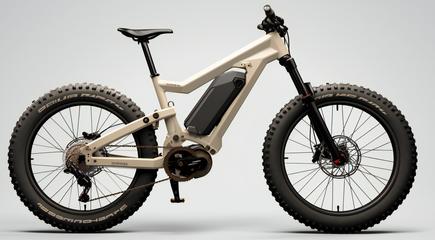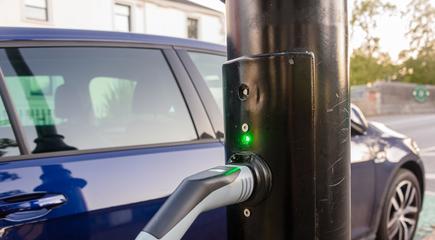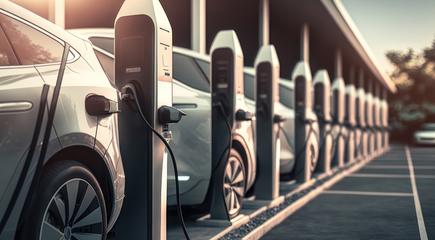EV Battery Swapping vs. Extreme Fast Charging
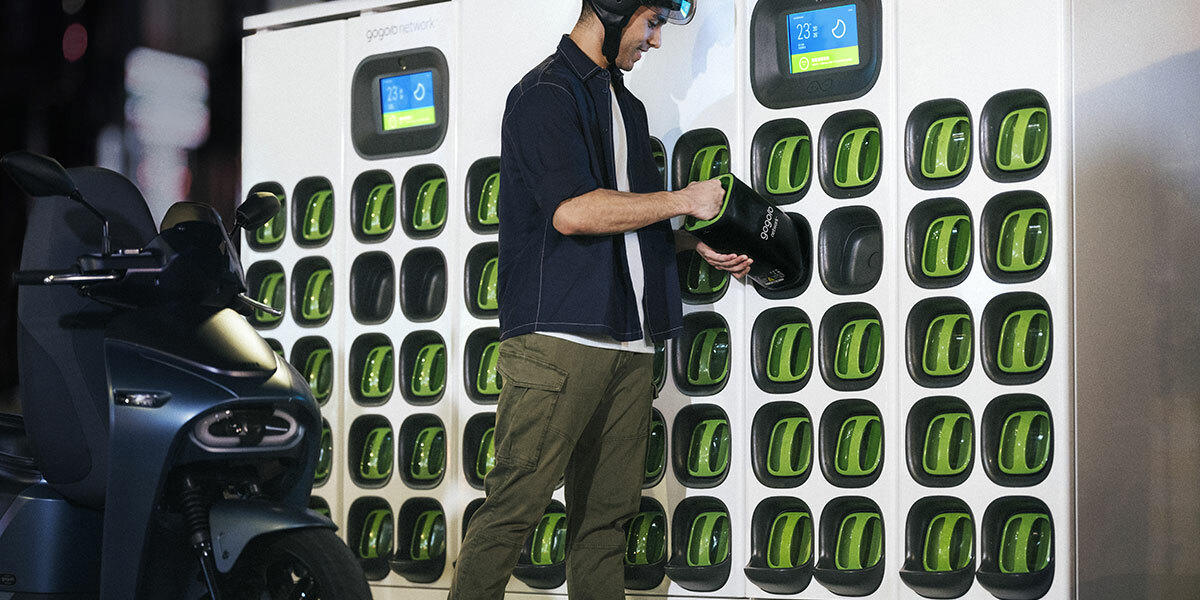
Entering the second decade of the global electric car revolution, battery charging time remains the highest hurdle to clear. Between the two primary solutions, battery swapping versus extreme-fast charging (XFC) is not an either-or technology decision. It’s a “depending on the use case” economic decision.
The economic tradeoff, however, is a moving target that will change as new battery chemistries are commercialized and new EV power architectures hit the road. So, let’s look at where the tradeoff is today, where it might move to in the future and the possibility of five-minute EV battery charging.
Where is Battery Swapping Used Today?
The two main uses for battery swapping today include certain types of fleets like taxis, ride hailing services and small two-wheel EVs like scooters.
Battery packs for scooters and motorcycles are small enough to be picked up by most people, greatly simplifying the implementation of battery swapping and reducing the costs. Also, battery packs for smaller vehicles generally use lower voltages compared with larger EVs, which results in long charging time, further increasing the attractiveness of battery swapping. In Asia, India and Europe, where the technical and time benefits of battery swapping converge with higher population densities, the market for battery swapping in small EVs is growing rapidly and could stay strong for the foreseeable future.


In China and Europe, and to a lesser extent in the U.S., taxis fleets and ride hailing services are also turning to battery swapping. Even though the cost of implementing battery swapping in passenger cars is much higher compared to smaller EVs, it’s justified because it allows the vehicles to stay on the road and generate revenue instead of sitting at a charging station. That’s until such a time when batteries can be charged so quickly that it’s no longer an economic issue for taxi and ride hailing operators.
Size (and Voltage) Matters
EV battery packs in four-wheeled vehicles are too large for manual swapping and require automation. Automated systems are costly and generally designed for use with a specific model of EV or a specific battery pack. Those factors conspire to make battery swapping more costly for larger EVs compared with scooters and motorcycles. That limits where it can be economically deployed to certain types of fleets with large numbers of the same type of EV.
With today’s 400 V EV power trains and battery packs, charging rates are limited. That’s a primary factor encouraging the use of battery swapping in fleets. Two things could change the economics of battery swapping in fleets: higher voltages and better batteries. The first is already emerging; 800 V, and higher, battery packs are available on several EVs. When EV charging takes several hours, swapping can make sense. Higher battery voltages enable XFC and shorter charge times. That could change the economic calculations. What if it takes 15 minutes or less to recharge a battery?
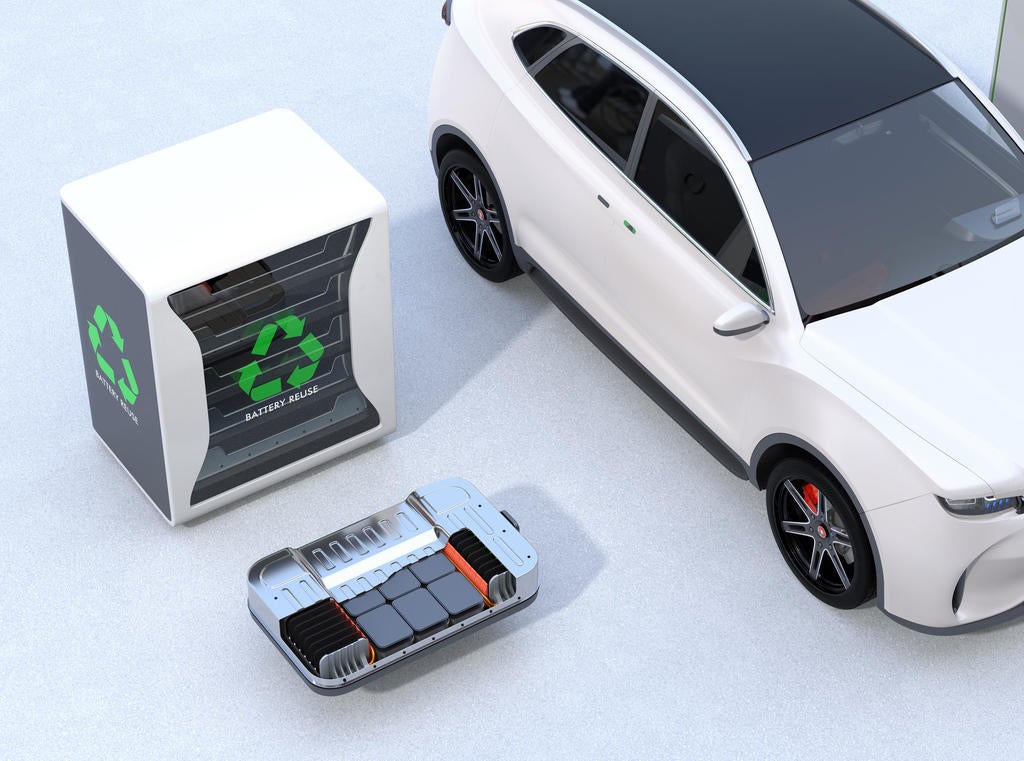

(Image: Solid Power)
Fifteen-minute charging may be coming in the near future. Companies like QuantumScape and Solid Power have demonstrated 15-minute charging and are beginning pilot production. That’s still longer than refilling a gas tank or swapping a battery. But in fleet operations, the vehicles are often cleaned and sanitized while fueling up. The process of cleaning the vehicles can take more time than filling the tank. That provides more opportunity for the use of XFC and high voltage battery packs. It’s an economic decision based on performance and cost tradeoffs. The faster EVs can be recharged, the less attractive it is to use battery swapping.
Five-Minute Batteries?
Five-minute charging of EV battery packs would be a game changing development in many ways, including the elimination of battery swapping. Several organizations including StoreDot, EExion and Nyobolt are working on advanced batteries and supercapacitors for EVs that can be charged in about five minutes. Some of these five-minute batteries are targeting scooters as well as larger EVs. Those efforts are a few years from fruition. So, it’s possible that battery swapping will remain a technological and economic niche for the indefinite future before disappearing altogether as battery and EV technologies continue to advance.


